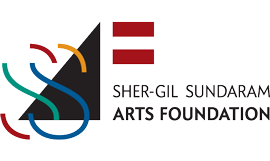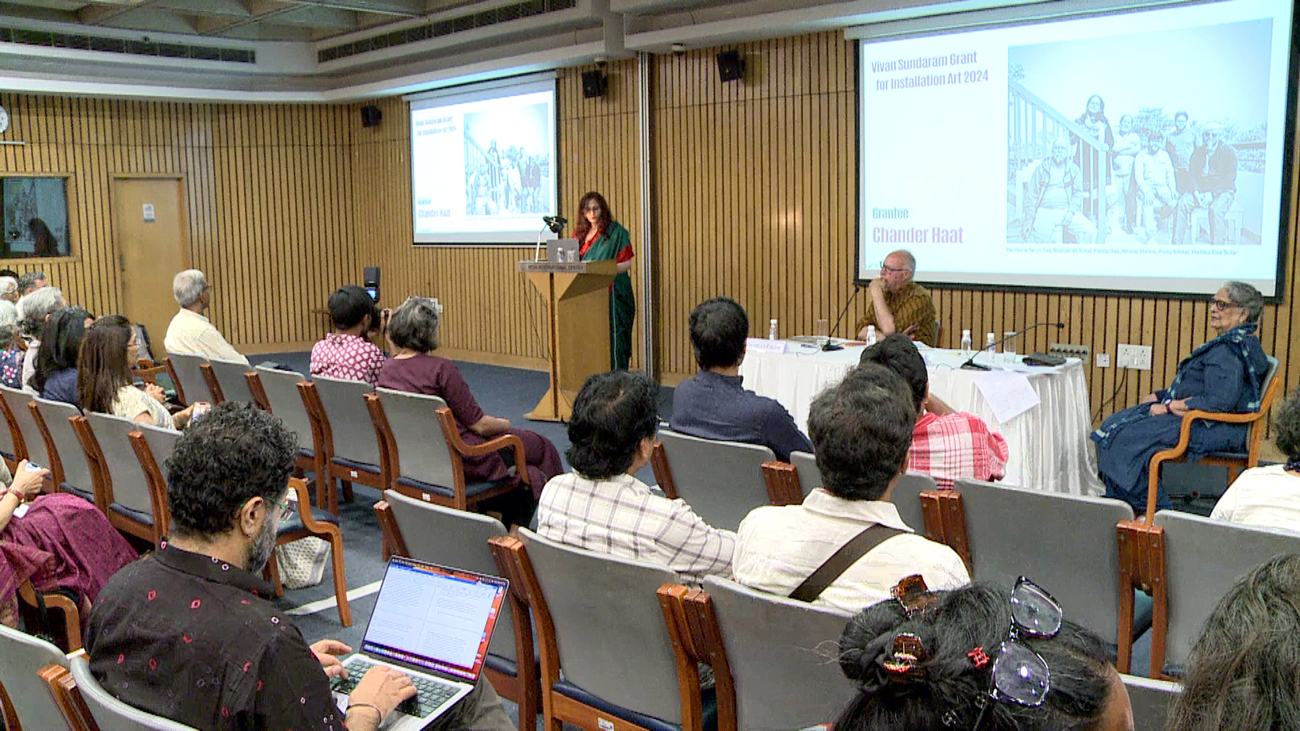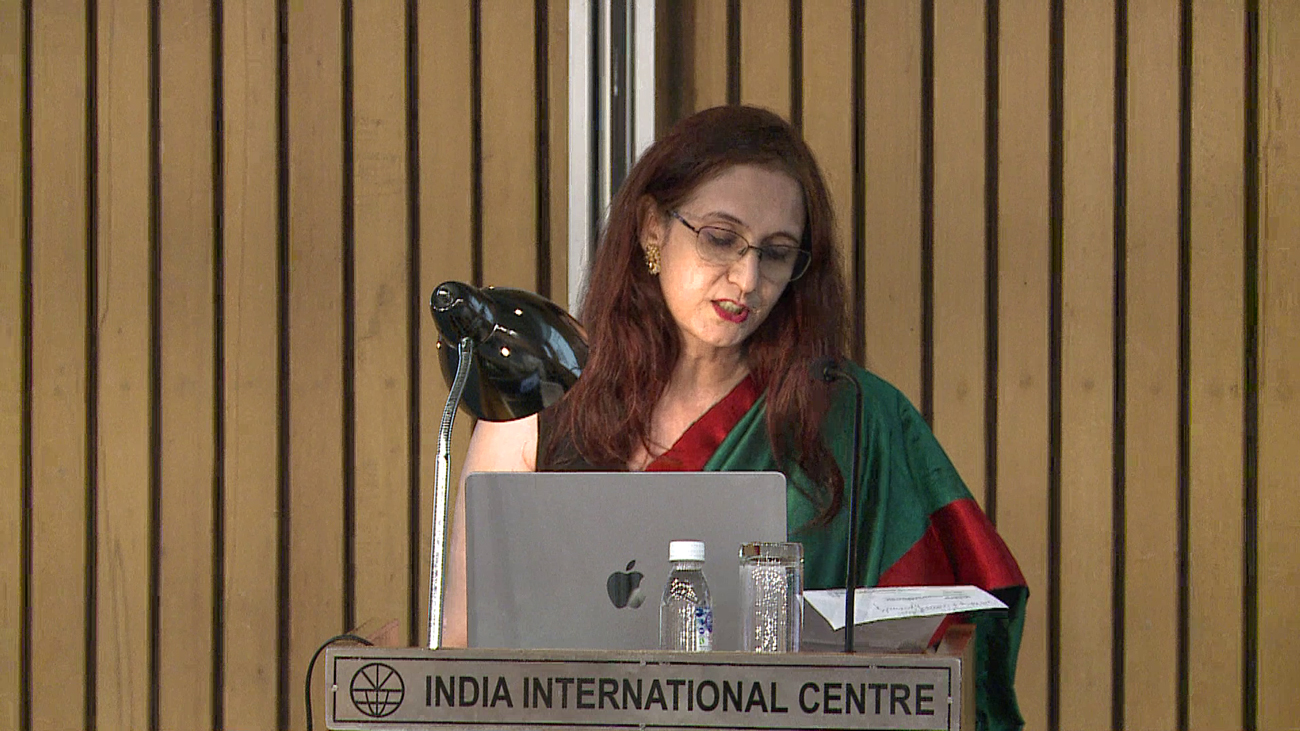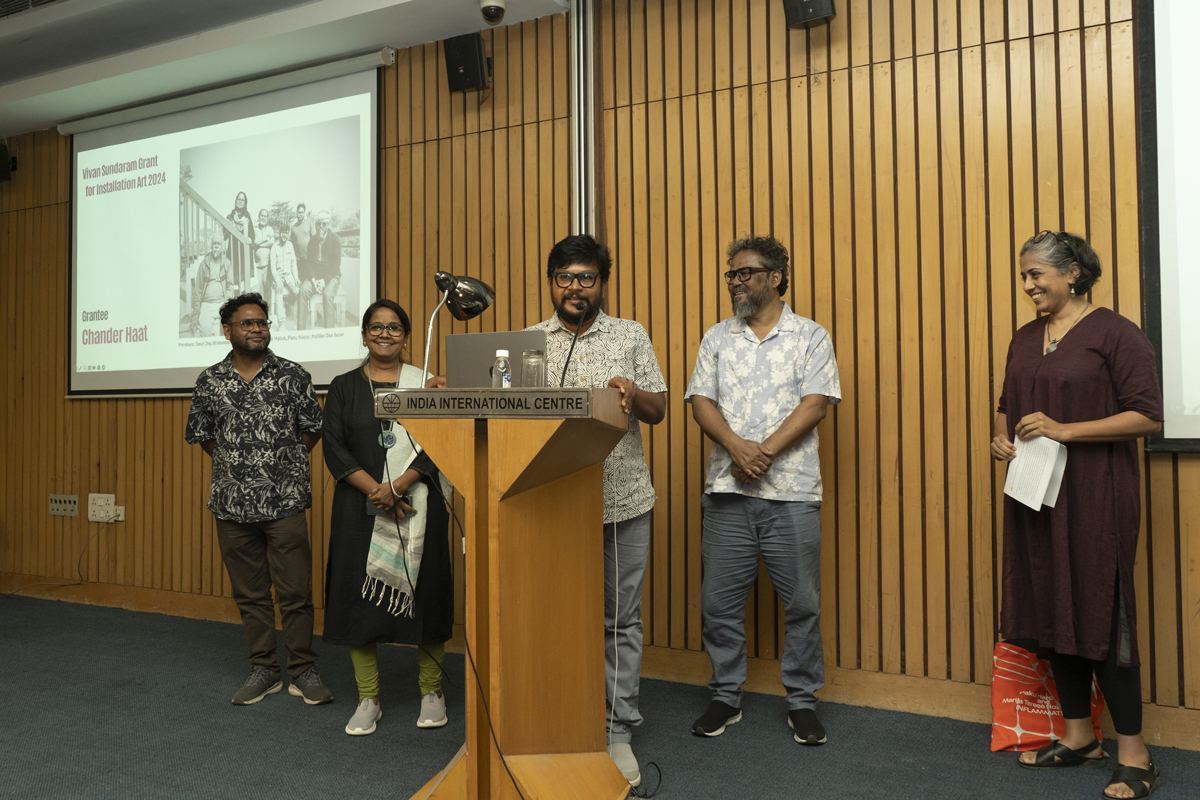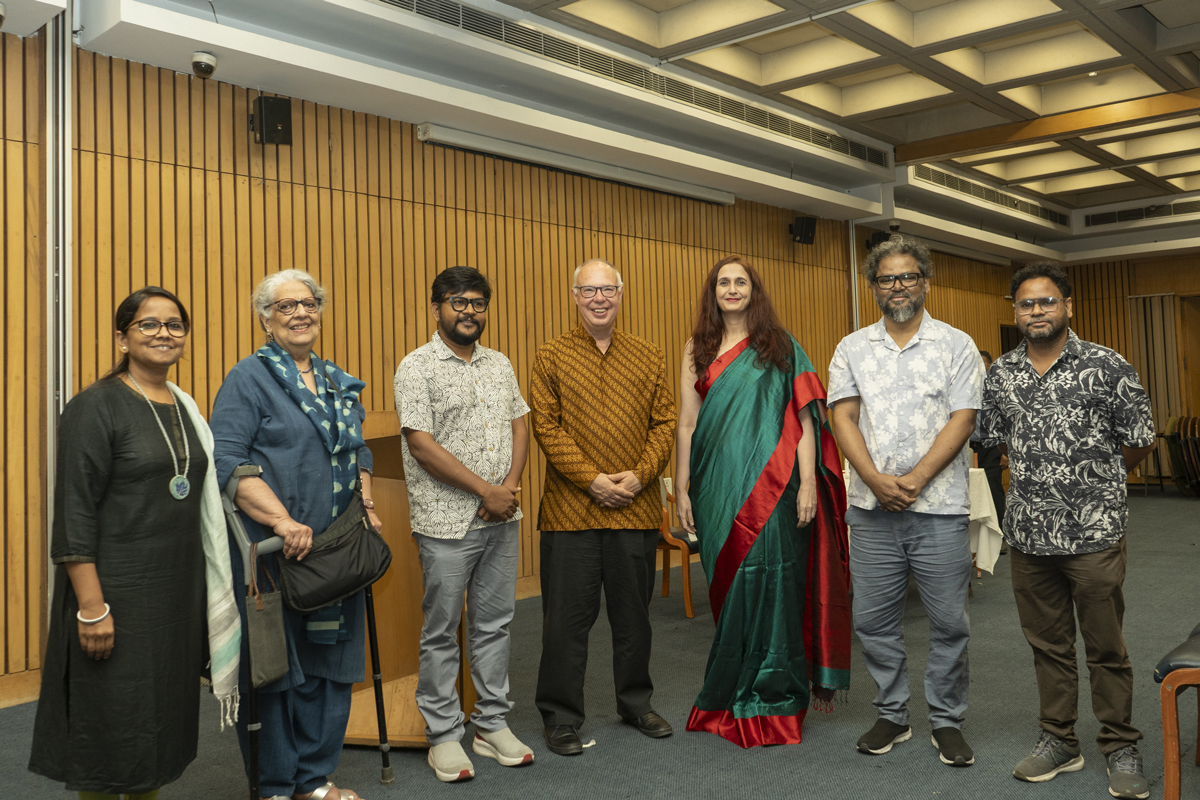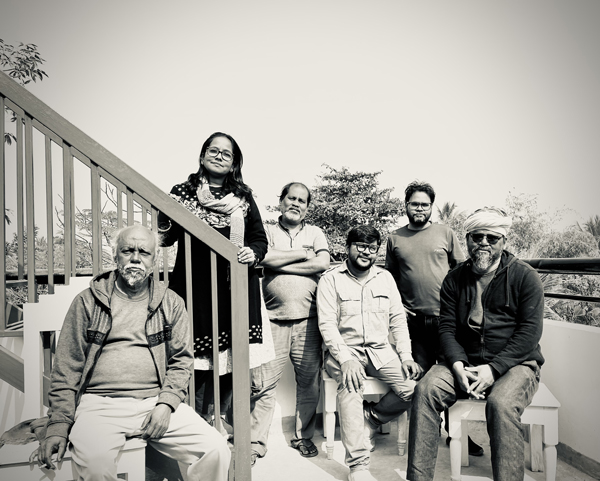
2024 | Chander Haat
Vivan Sundaram Grant for Installation Art 2024
Grant Recipient
CHANDER HAAT
Title of the Project
JADU GHAR: FLOATING STORIES
Jadu Ghar: Floating Stories, a site-specific installation art project, will be sited on low-lying land on the banks of the Kalagachi canal of Khudiram Pally, Sarsuna, Kolkata. Around 600 families, migrants from Sundarbans, Bihar and Bangladesh, live on the banks of the canal. In Khudiram Pally, residents have forged a unique relationship with their surroundings, relying on foraged foods- mainly leafy plants- born naturally from the land for sustenance.
The area is low-lying terrain and prone to flooding. It poses significant challenges for the local residents, particularly during the monsoon season, when the landscape transforms into a waterlogged expanse, disrupting daily life. Beyond the inconvenience of navigating submerged streets, major concerns regarding public health and sanitation emerge. The stagnant water, sourced from the canal now repurposed as a drain, becomes a breeding ground for disease-causing pathogens which heightens the risk of illness among the populace. Moreover, the inundation invites unwelcome intruders into the community, notably snakes like Russel’s viper, Rat snake and Cobra seeking refuge in the flooded terrain. The presence of snakes poses a tangible threat to the safety and well-being of residents, which has resulted in the killing of the snakes by locals.
Jadu Ghar: Floating Stories will explore the symbiotic relationship between human communities and their environment, focusing on the sustenance derived from the land. Through meticulous documentation of the local flora, foraged foods sustaining families, the adaptive architectural practices focusing on water management and human behaviour towards snakes, Jadu Ghar: Floating Stories will showcase the intricate interplay between human life and the canal’s ecosystem. Emphasizing the connections between snakes and human society, multimedia installations will serve as visual representations of the ecological balance that humans disrupt through their actions.
The project plan entails the creation of a large cubical structure that resembles a house, constructed primarily from locally sourced materials such as tin, bamboo (Bakhari), and jute. Local craftsmen, who specialize in crafting houses, pools, and fences from these materials, are integral to the project and their involvement ensures a deep connection between the project and the community. A major objective of the installation art project is to create public awareness toward the rapidly changing environment and water pollution as well as it is to conserve those creatures which are essential to safeguard the ecosystem.

Chander Haat, previously known as Sarsuna Environmental Art is a non-profit organization of artists, which has been working in the genres of installation based and performance-based art in public space for over two decades. Chander Haat is a collective space which facilitates interdisciplinary artistic practices. Situated in Sarsuna on the fringes of Kolkata, the collective is engaged in a dynamic relationship with the neighbourhood with its distinctive demographic formation, with inhabitants from different regions of India and Bangladesh. The engagement of the Chander Haat collective with the everyday practices of local people has led to various artistic enquiries and several community art projects.
Members of Chander Haat: Tarun Dey, Bhabotosh Sutar, Pradip Das, Nirmal Malick, Pintu Sikdar, Mallika Das Sutar.
Jury
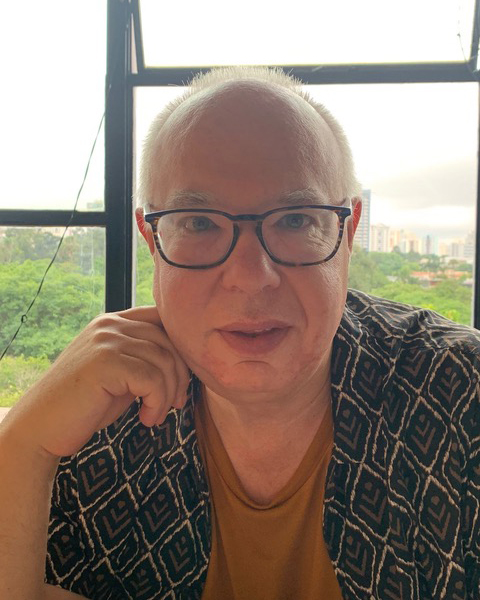
Charles Esche (Jury Chair) is director of Van Abbe museum, Eindhoven and professor of contemporary art and curating at University of the Arts, London. He is an advisor at Jan van Eyck Academie, Maastricht and board member of ZKM, Stuttgart. He is co-convenor of Democracy Pavilion and School of Common Knowledge with Zdenka Badovinac and Manolo Borja-Villel. He received the 2012 Princess Margriet Award and the 2014 CCS Bard College Prize for Curatorial Excellence. Among other international exhibitions, he has co-curated ‘The Meeting That Never Was’, MO Museum, Vilnius, 2022; ‘Power and Other Things’, Europalia, BOZAR, Brussels 2017; ‘Art Turns, Word Turns’; Museum MACAN, Jakarta 2017; Jakarta Biennale 2015; ‘How to Talk about Things that Don’t Exist’, 31st Sao Paulo Bienal 2014; ‘Ideal for Living’, U3 Triennale, Ljubljana 2011; RIWAQ Biennale, Palestine, 2007 and 2009; Istanbul Biennale, 2005; Gwangju Biennale, 2002. His latest publication is Art and Its Worlds, Afterall and Koenig Press, 2021 and he is writing a book on Demodern Thinking with Sandi Hilal and Alessandro Petti to be published by Duke University Press in 2025. He is curating ‘Soils’, an exhibition about art, material and belonging, for the Van Abbe museum opening in June 2024.
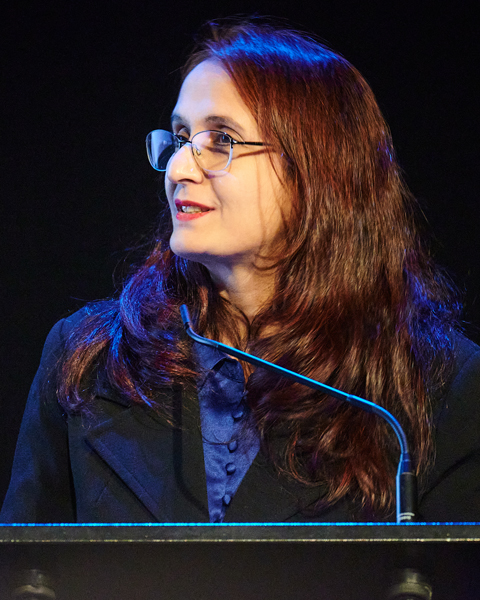
Nancy Adajania is a cultural theorist and curator based in Bombay. She was Joint Artistic Director of the 9th Gwangju Biennale, South Korea (2012). She has curated a number of pathbreaking exhibitions including, most recently, ‘Woman Is As Woman Does’ (CSMVS Museum with JNAF, 2022), a first-ever intergenerational mapping of the works of Indian women artists, filmmakers and activists against the backdrop of the women’s movement in India. Adajania’s other major research-based exhibitions include the retrospectives of artists Navjot Altaf, Sudhir Patwardhan, Mehlli Gobhai and Nelly Sethna. Adajania has proposed several new theoretical models through her extensive writings on subaltern art, media art, public art, collaborative art, transcultural art and the biennale culture in the Global South. For more than two decades, she has written on the practices of women artists of several generations by deploying a trans-disciplinary approach that melds art history, feminist theory, anthropology, activism and philosophy.
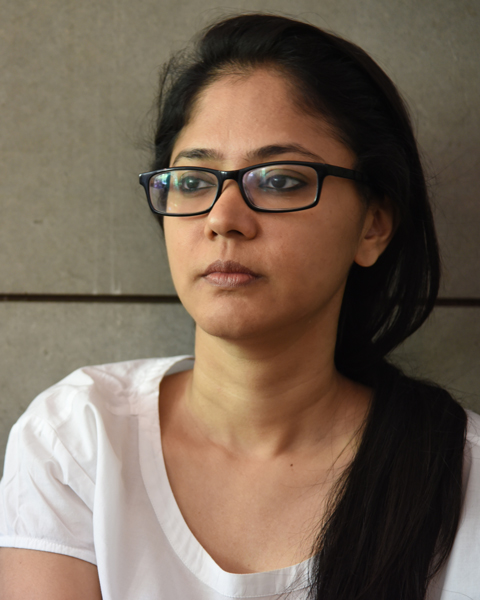
Shilpa Gupta is an artist. Gupta’s artworks probe how people and their experiences are formed by places, objects and via processes of classification, limitation, and censorship. She has had solo shows at the Museum of Contemporary Art in Antwerp (survey), Voorlinden Museum, Barbican in London, Amant in New York, and has participated in biennales in Venice, Berlin, Kochi, Lyon, Gwangju, Sharjah, Havana, Yokohama, Liverpool amongst others. Her work has been shown at Serpentine Gallery, MoMA, Kiran Nadar Museum, and is in the collection of the Guggenheim Museum, Tate, Centre Pompidou, Mori Museum, Louisiana Museum of Modern Art amongst others. In 2024, she will have a solo at Centro Botin in Santander.
Announcement of the Grantee
Jury Statement
The jury members, Charles Esche, Nancy Adajania and Shilpa Gupta, are delighted to have reached a unanimous decision to award the Vivan Sundaram Grant for Installation Art to the artist collective Chander Haat from Kolkata. Their proposal, ‘Jadu Ghar: Floating Stories,’ built on their ongoing relationship with the community living on the banks of the Kalagachi Khal in Khudiram Pally, Sarsuna, on the fringe of Kolkata, is impressive both for its clarity and ambition.
The artist collective has been working for three years in this area, seeking to draw attention to the degradation of the environment as well as the creative and cultural inventiveness of its residents who have migrated there from the Sundarbans, Bihar and Bangladesh. They have established a close and mutually enriching relationship with the people living on the canal through a long-term engagement. Their work could be seen as an attempt to construct what Donna Haraway calls ‘situated knowledges’ in which their skills as artists and the knowledge of the community find ways to entangle themselves in each other. The grant will hopefully encourage them to develop the language of installation art both in the canal area as well as potentially take their experience into other locations and institutional environments.
The jury would also like to make an honourable mention of two other proposals, respectively by Payal Arya and Amshu Chukki. We saw great potential in both these proposals and hope that they will find ways to be supported in the future.
The jury greatly enjoyed the process but found in general that the applications did not fully address and explore the potential of installation art. The question of how artistic research could be translated into experiences of immersive environments calls for a more thorough reflection and engagement. There was a tendency to foreground the conditions and materials that would make up the installation rather than giving an impression of what the effect in space and on a potential visitor or user might be. We hope that in the future applicants for the grant will consider these aspects more precisely and extensively in their proposals.
